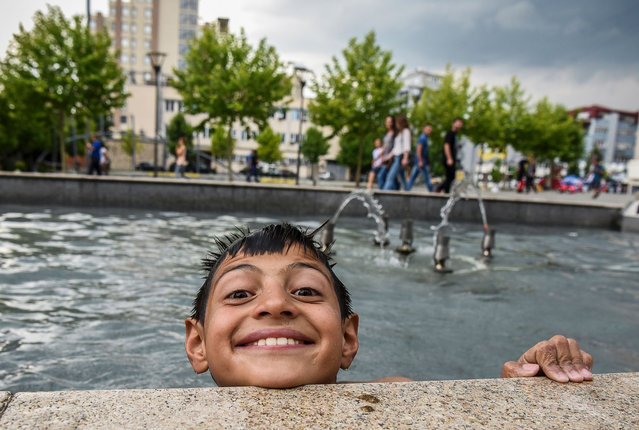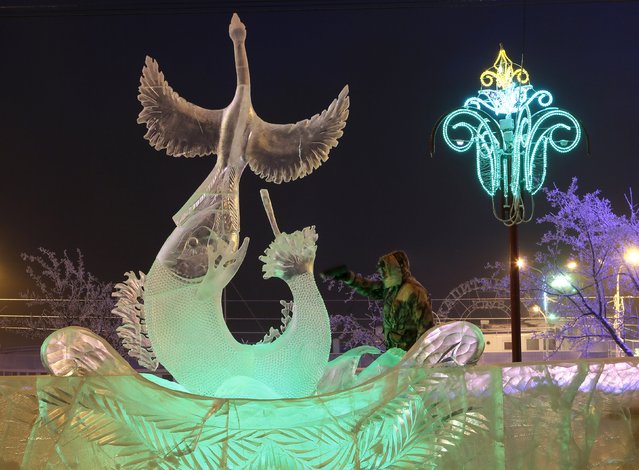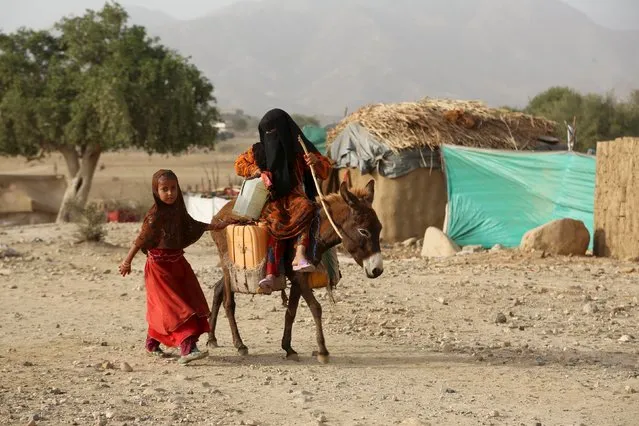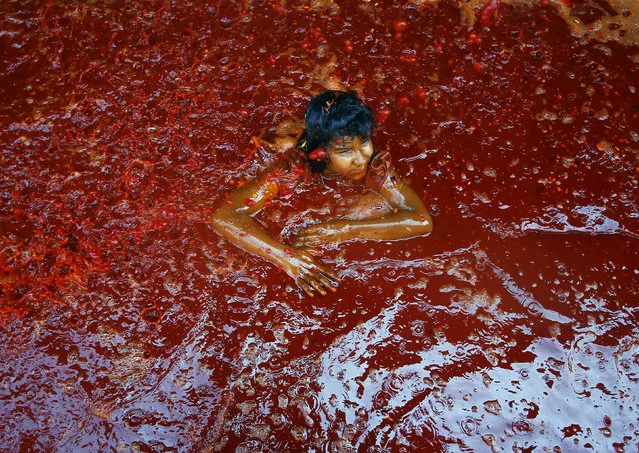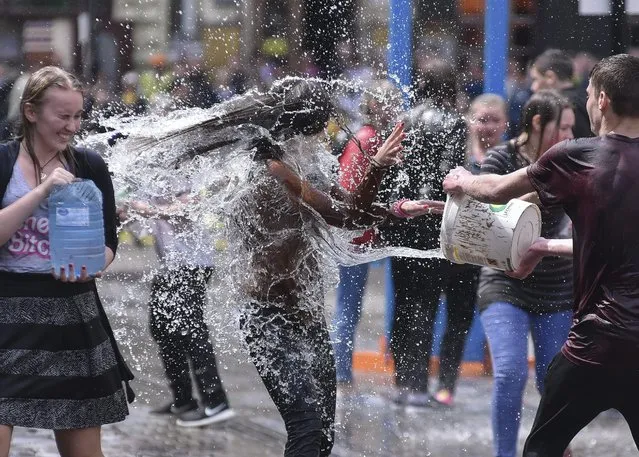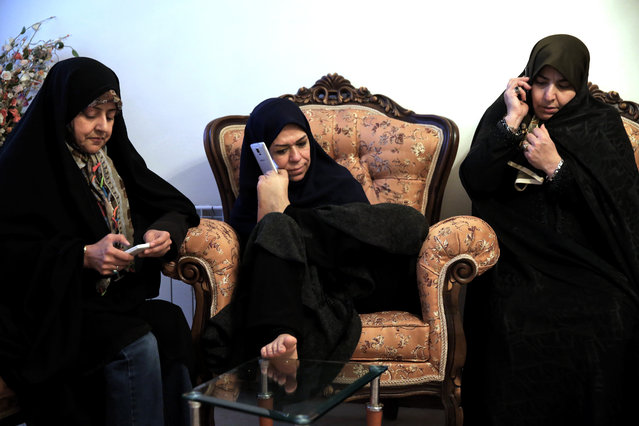
In this picture taken on Saturday, January 31, 2015, Zohreh Etezadossaltaneh, center, talks on her mobile phone, held with her foot, during a meeting at her friend's home in Tehran, Iran. Now 52 years old, the retired Iranian teacher who was born without arms has dedicated herself to helping others with similar disabilities live full and satisfying lives. (Photo by Ebrahim Noroozi/AP Photo)
03 May 2015 11:52:00,post received
0 comments

